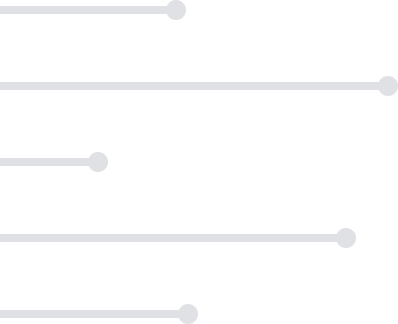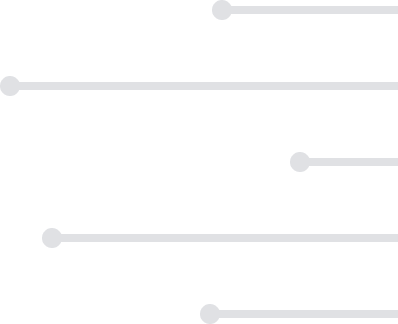
$99
Plus membership
3 Credits
All courses include:
eTextbooks
2 to 3-day turnaround for grading
Multiple chances to improve your grade
On-demand tutoring & writing center
Student support 7 days a week
$99
Plus membership
3 Credits
All courses include:
eTextbooks
2 to 3-day turnaround for grading
Multiple chances to improve your grade
On-demand tutoring & writing center
Student support 7 days a week
Quantitative Reasoning
$99
Plus membership
3 Credits
About This Course
ACE Approved 2023
Our Quantitative Reasoning online course will make math approachable for you, whether you are planning to be a mathematician, engineer, or looking to enter a different profession. After completing the class, you will have gained confidence in your mathematical abilities and feel comfortable navigating math in your daily life.
What You'll Learn
Solve problems based on various operations on numbers, fractions, decimals, and percents
Apply the unit conversion rules to solve the problems based on unit conversions
Solve problems based on perimeter, area, and volume of various shapes
Apply estimation techniques in 1, 2, and 3 dimensions
Solve equations with an unknown value
Construct and solve equations involving x
Solve problems based on rate and comparison involving x
Apply mathematics to everyday problems based on personal finances, health, utilities, and investments
Interpret tables and graphs for linear functions and piecewise linear functions
Sketch the graph using slope and intercept
Utilize various formulas in the spreadsheet
Construct bar charts and pie charts in spreadsheet
Interpret true-false statements, and if-then statements
Solve problems based on logical operators AND/OR/NOT, sets, and Venn diagrams
Interpret the statements using logical deduction and logical induction
Solve problems involving averages, median, spread, and margins of error
Compare between averages of two subpopulations
Solve problems using counting methods
Apply addition and multiplication rules of probabilities
Solve expected value problems


Your Life, Your Schedule, Your Education
Transfer into over 3000+ institutions that accept ACE courses or transfer directly into 180+ partner schools.
request information
Quantitative Reasoning teaches you the practical application of calculations in everyday life. These can include decision-making, saving money, estimating, understanding media reports, among others.
There are no prerequisites to take this course.
| Topic Title | Subtopics |
|---|---|
| Numbers in Everyday Life |
|
| Solving Everyday Problems |
|
| Problem Solving with Shapes |
|
| Basic Algebra |
|
| Everyday Math Examples |
|
| Tables, Graphs, and Functions |
|
| Spreadsheets |
|
| Logic and Sets |
|
| Statistics |
|
| Probability |
|
| Functions |
|
| Linear Functions |
|
| Exponential and Logarithmic Functions |
|
| Voting and Apportionment |
|
Your score provides a percentage score and letter grade for each course. A passing percentage is 70% or higher.
Assignments for this course include:
- 14 Chapters
- 1 Midterm Exam
- 1 Final Exam
There is no text for this course. All materials are included in the course fee.
Quantitative Reasoning students also take:
Helpful resources:







